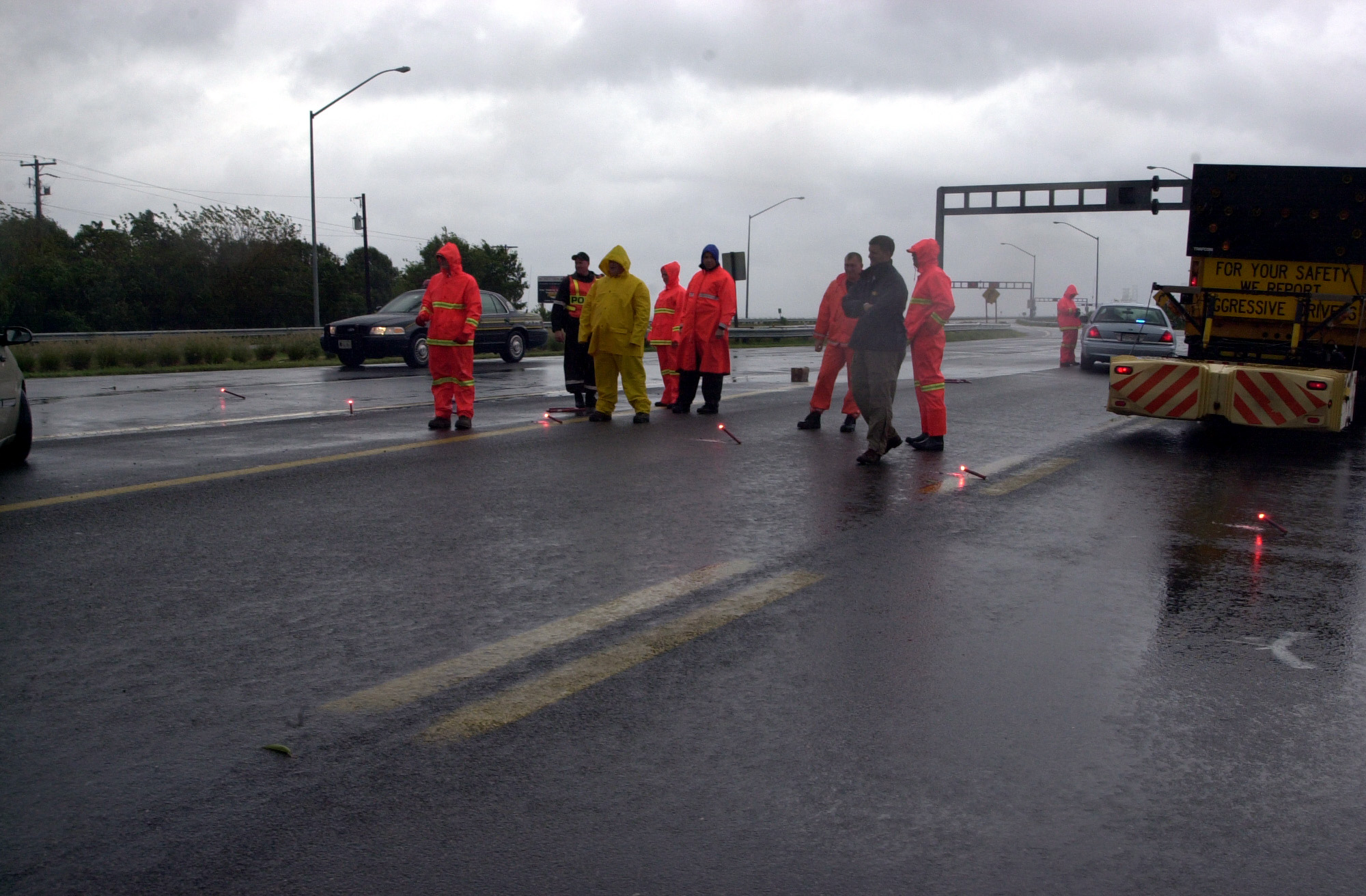


However, in comparison to mainland regions, commerce and

Was established there in 1634, eventually becoming the two counties of Obstacle for exchanges with the Virginia mainland. As it bordered the bay to its east, the region became known as Virginia's Eastern Shore.Īs the entire colony grew, the bay was a formidable transportation A few weeks later they established their first permanent settlement on the southern, mainland, side of the bay, along the James River at Jamestown.Īcross the bay, the area north of Cape Charles was located along what became known later as the Delmarva Peninsula. They named the Virginia capes after the sons of their king, the southern Cape Henry, for Henry Frederick, Prince of Wales, and the northern Cape Charles, for his younger brother, Charles, Duke of York. After sailing across the Atlantic Ocean from England, they reached the New World at the southern edge of the mouth of what is now known as the Chesapeake Bay. In December 1606, the Virginia Company of London sent an expedition to North America to establish a settlement in the Colony of Virginia. Perpetuity." History Geographic background Retained to operate and maintain the Bridge–Tunnel as a toll facility in Requirements of the CBBT, the District and Commission should be In 2002, a Joint Legislative Audit and Review Commission (JLARC) study commissioned by the Virginia General AssemblyĬoncluded that "given the inability of the state to fund future capital The CBBT's costs are recovered through toll collections. The CBBT was built by and is operated by the Chesapeake Bay Bridge and Tunnel District, a political subdivision of the Commonwealth of Virginia governed by the Chesapeake Bay Bridge and Tunnel Commission.
Chesapeake bay bridge traffic statistics upgrade#
An upgrade of the two-lane tunnels was proposed From 1995 to 1999, at a cost ofĪlmost $200 million, the capacity of the above-water portion was However, it continues to be best known as In August 1987 after one of the civic leaders who had long worked for The $13 toll is partially offset by some savings of tolls in Maryland and Delaware on I-95.įinanced by toll revenue bonds, the bridge–tunnel was opened on April 15, 1964. The bridge–tunnel saves motorists 95 miles (153 km) and 1½ hours on a trip between Virginia Beach/Norfolk and points north and east of the Delaware Valley without going through the traffic congestion in the Baltimore–Washington Metropolitan Area. Route 13, the main north–south highway on Virginia's Eastern Shore, and, as part of the East Coast's longstanding Ocean Highway, provides the only direct link between the Eastern Shore and South Hampton Roads regions, as well as an alternate route to link the Northeast and points in between with Norfolk and the Carolinas. Since it opened, the Chesapeake Bay Bridge–Tunnel has been crossed by more than 100 million vehicles. The system remains one of only ten bridge–tunnel systems in the world, three of which are located in Hampton Roads, Virginia. It replaced vehicle ferry services which operated from South Hampton Roads and from the Virginia Peninsula from the 1930s until completion of the bridge–tunnel in 1964. Thimble Shoals and Chesapeake shipping channels. (1.6 km) tunnels, four artificial islands, four high-level bridges,Īpproximately 2 miles (3.2 km) of causeway, and 5.5 miles (8.9 km) ofĪpproach roads-crossing the Chesapeake Bay and preserving traffic on the Originally combined 12 miles (19 km) of trestle, two 1-mile-long The Chesapeake Bay Bridge–Tunnel ( CBBT) is a 23-mile-long (37 km) fixed link crossing the mouth of the United States' Chesapeake Bay and connecting the Delmarva Peninsula's Eastern Shore of the state of Virginia with Virginia Beach and the metropolitan area of Hampton Roads, Virginia. Not to be confused with Chesapeake Bay Bridge.


 0 kommentar(er)
0 kommentar(er)
